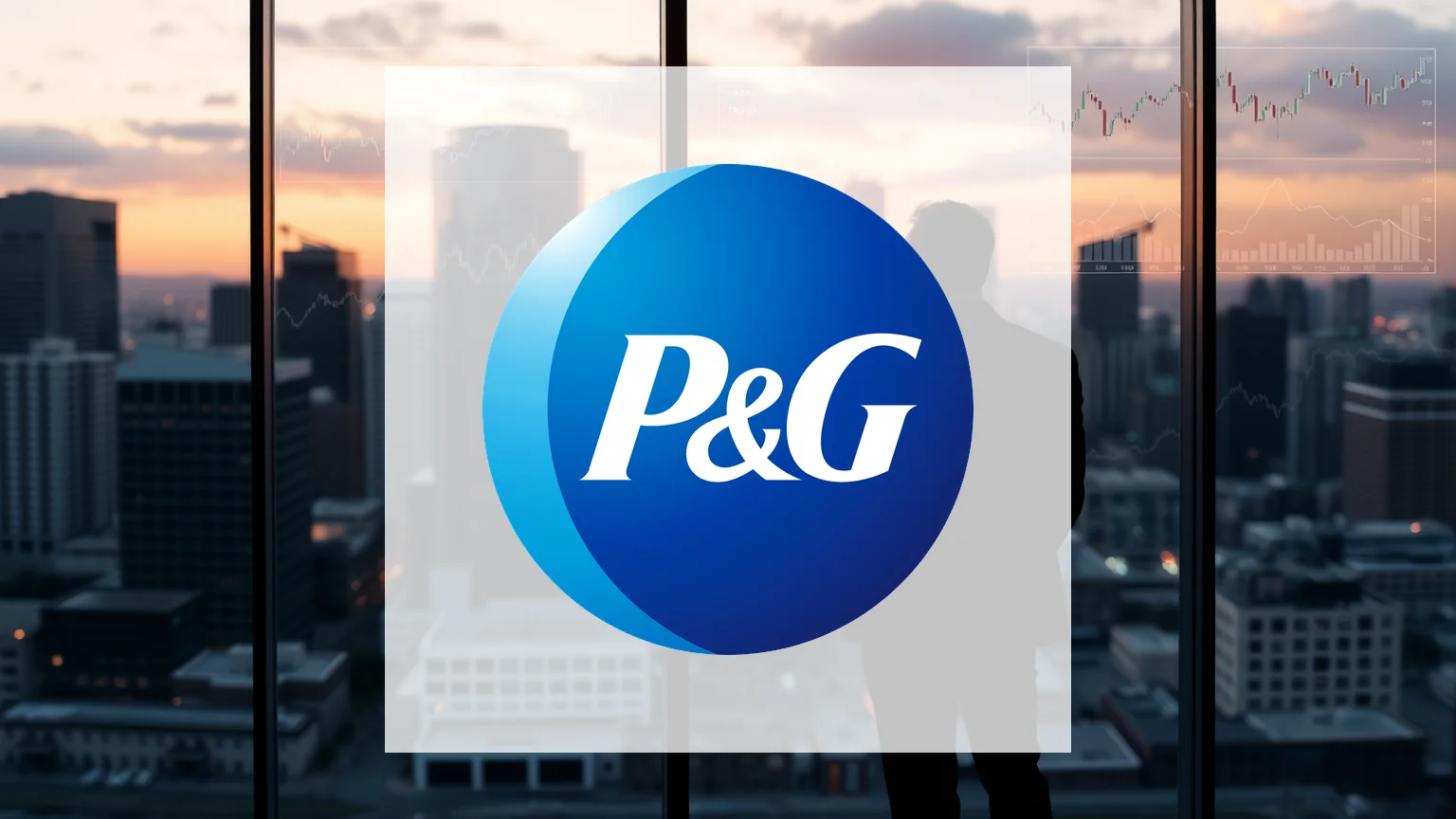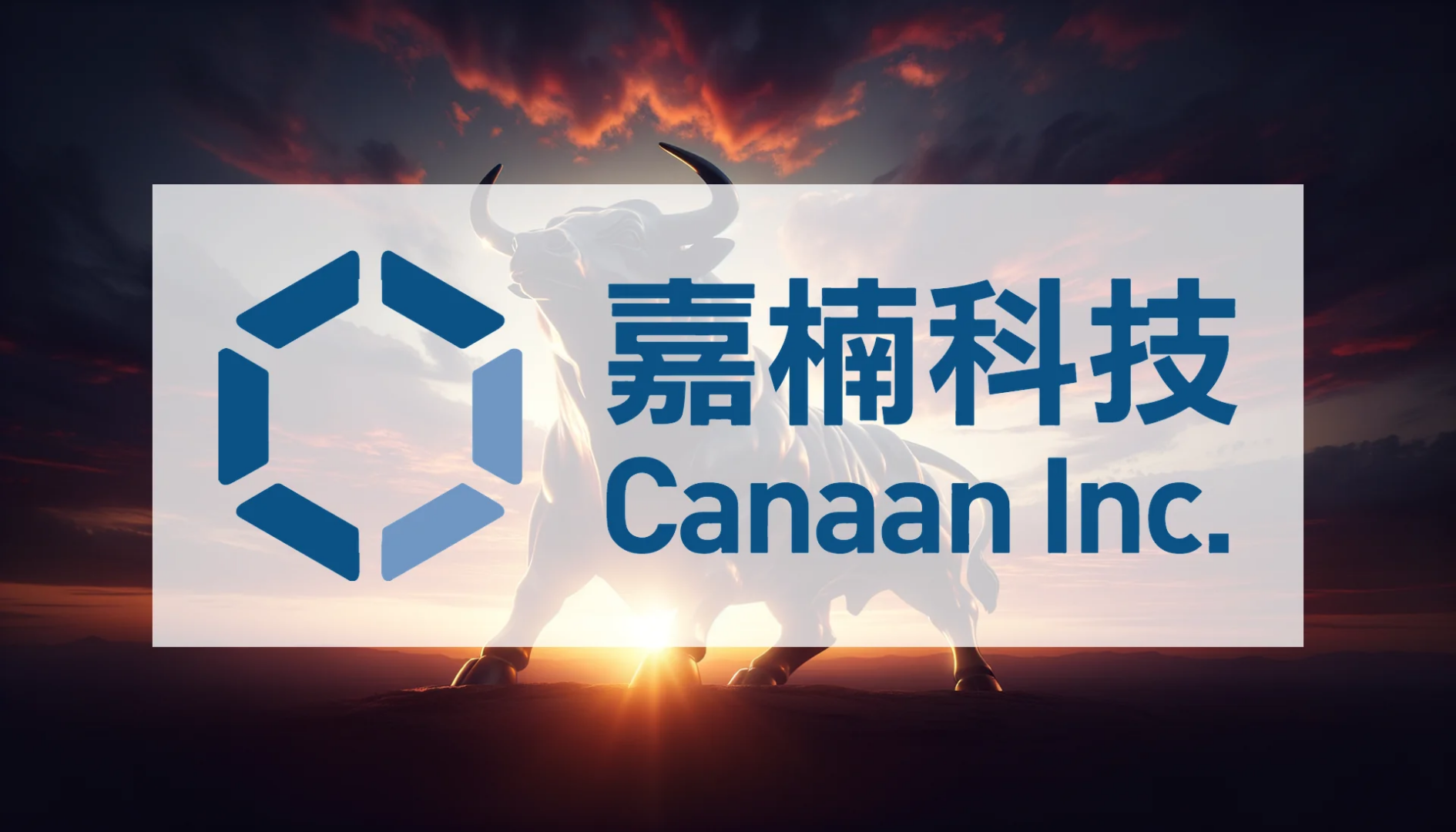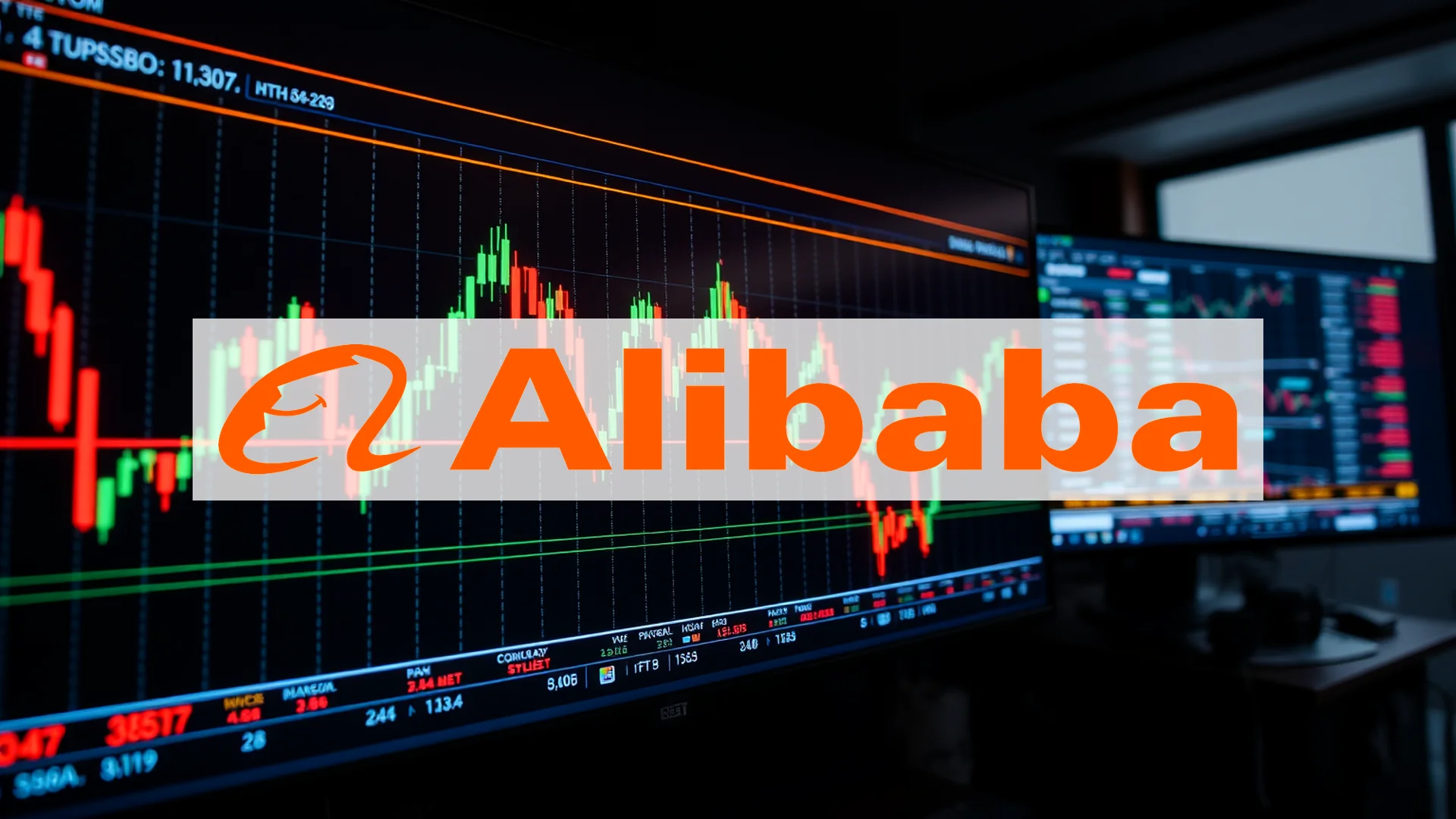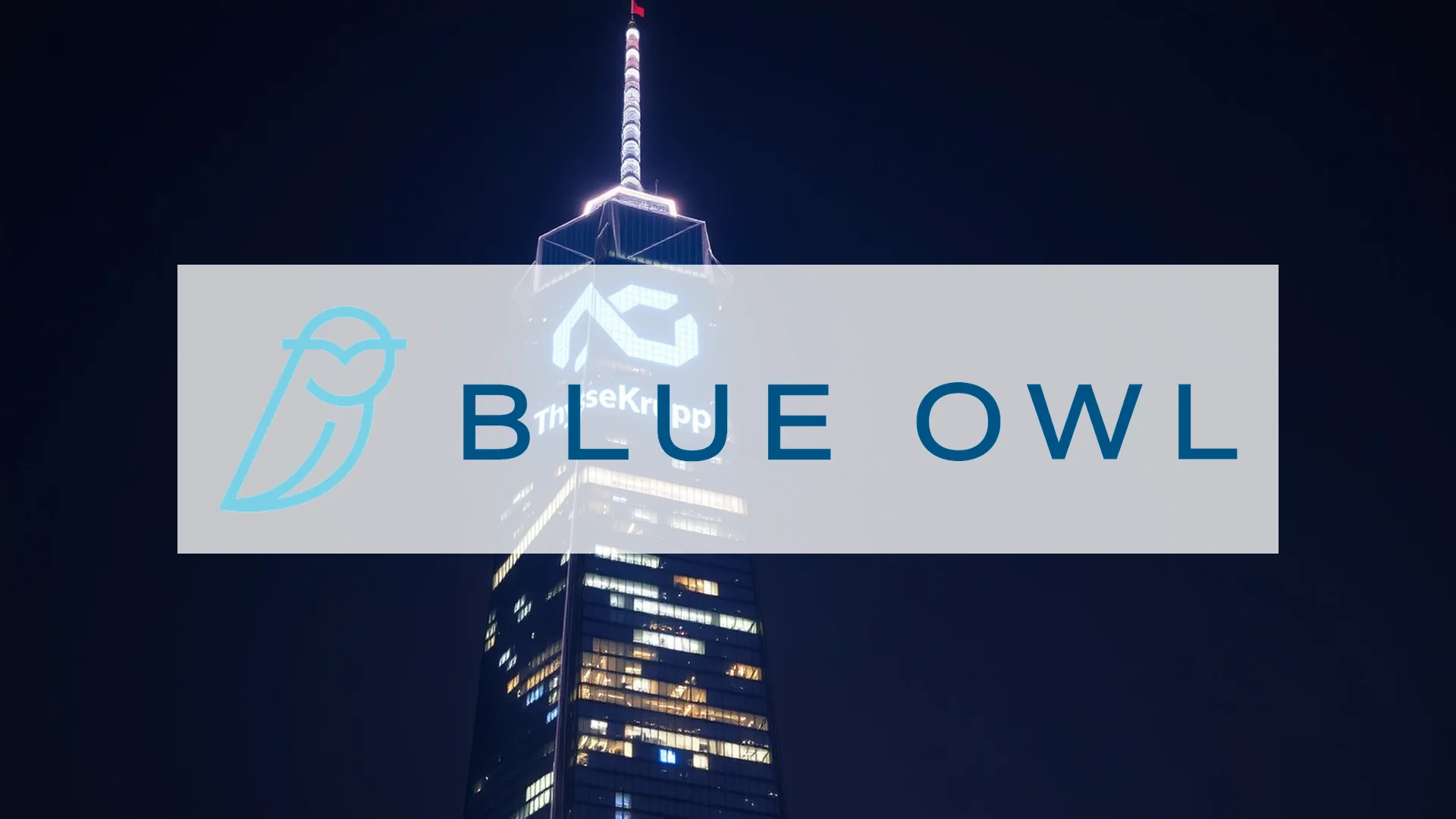A significant wave of insider selling activity at Procter & Gamble is drawing investor scrutiny. Corporate leaders at the consumer goods giant disposed of company stock valued at more than $214 million during the second quarter of 2025. This coordinated divestment, occurring alongside substantial pullbacks by major institutional holders, is prompting the market to question whether these insiders possess concerning knowledge not yet reflected in the company’s public valuation.
Executive Team Liquidates Holdings
The selling was widespread across the company’s leadership. Leading the disposals, Alexandra Keith, who heads the Beauty division, sold 11,463 shares for approximately $1.81 million. Gary Coombe, responsible for the Global Shave Care business, liquidated 10,194 shares, receiving around $1.61 million. Sundar Raman, Chief of the Fabric & Home Care division, also parted with 9,554 shares for about $1.51 million.
Perhaps more telling than the sales themselves is what hasn’t happened: there has not been a single documented instance of an insider purchasing P&G stock over the preceding six months. This one-sided activity suggests a unanimous lack of appetite among executives to increase their holdings at current prices.
Should investors sell immediately? Or is it worth buying Procter & Gamble?
Major Institutions Follow Suit
The company’s management is not alone in its actions. Several heavyweight institutional investors have also moved to drastically scale back their positions. Brown Shipley & Co Ltd reduced its stake by 5.7 percent in the first quarter. In an even more dramatic retreat, the Canada Pension Plan Investment Board slashed its holding by a substantial 70.2 percent during Q2.
Strong Headline Figures Mask Underlying Pressure
On the surface, Procter & Gamble’s recent performance appears robust. The corporation reported fourth-quarter earnings for fiscal 2025, posting revenue of $20.89 billion and earnings per share of $1.48; both metrics surpassed analyst expectations. However, a deeper look into the second-quarter results reveals emerging pressures. The company’s profit margin contracted by 30 basis points, a clear indicator of mounting cost challenges.
This divergence between strong top-line results and weakening margins leaves investors to ponder the motivation behind the insider sales. Are executives simply engaging in routine portfolio diversification, or are they anticipating significant headwinds for the consumer products behemoth?
Ad
Procter & Gamble Stock: Buy or Sell?! New Procter & Gamble Analysis from November 25 delivers the answer:
The latest Procter & Gamble figures speak for themselves: Urgent action needed for Procter & Gamble investors. Is it worth buying or should you sell? Find out what to do now in the current free analysis from November 25.
Procter & Gamble: Buy or sell? Read more here...













